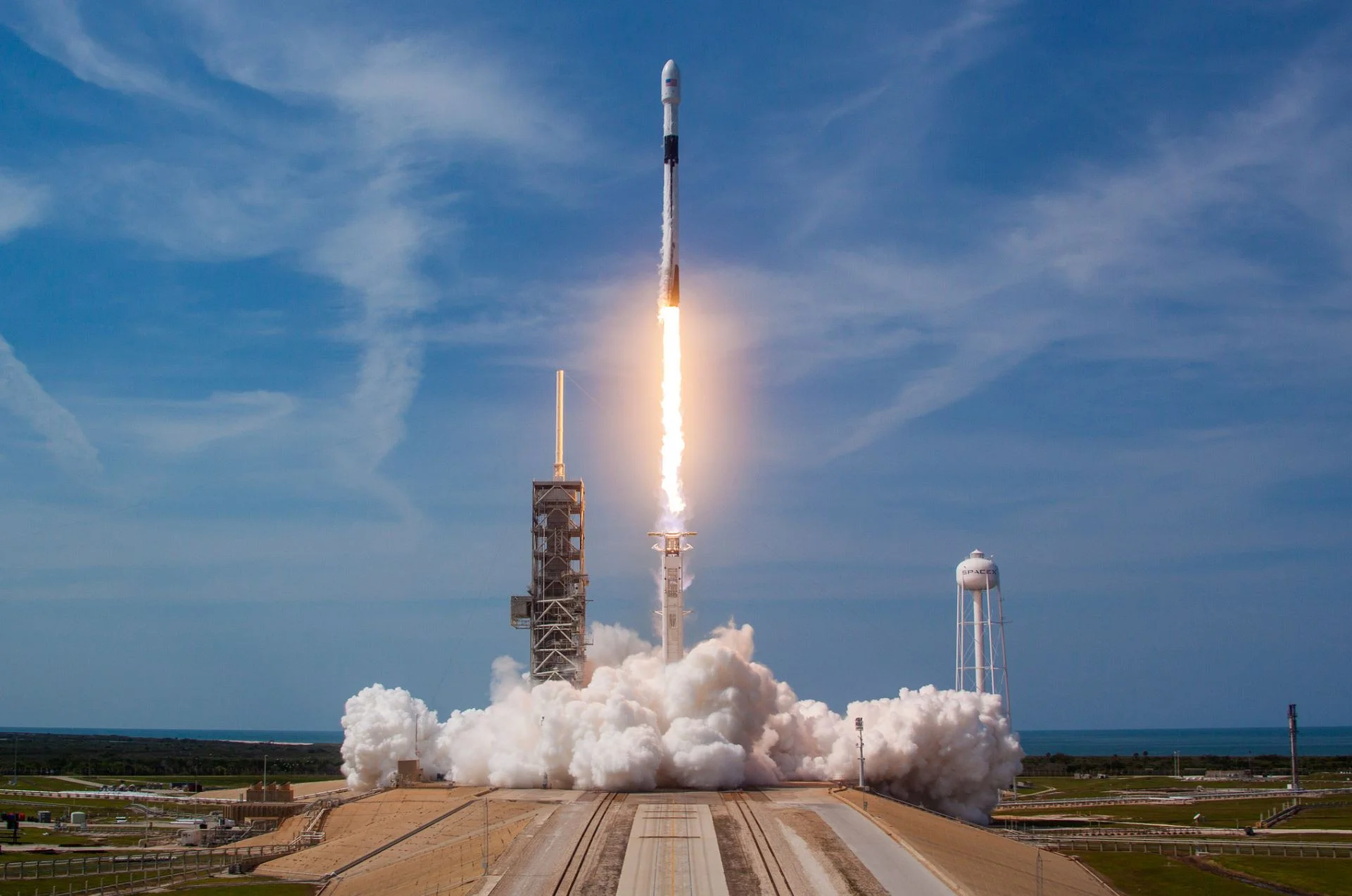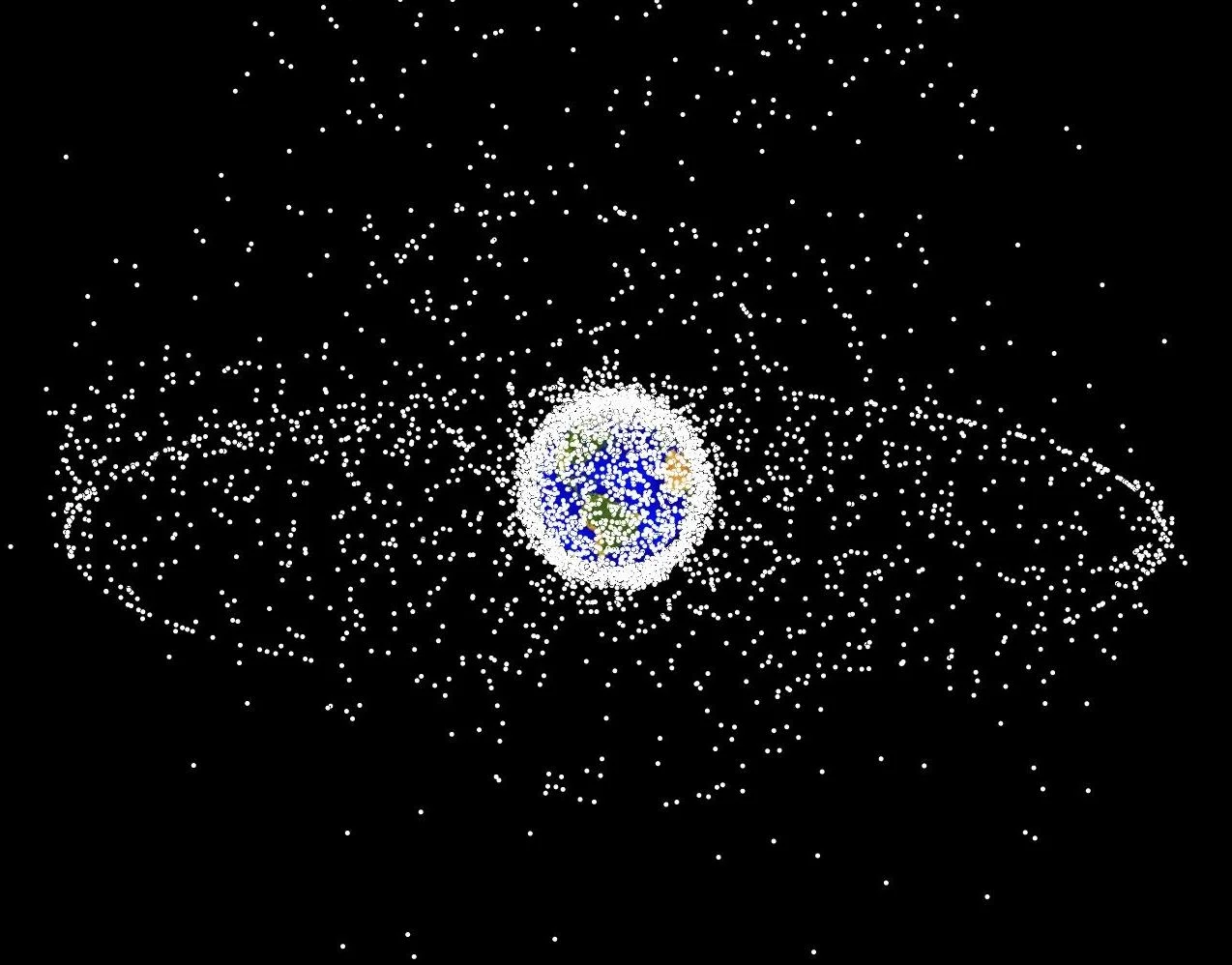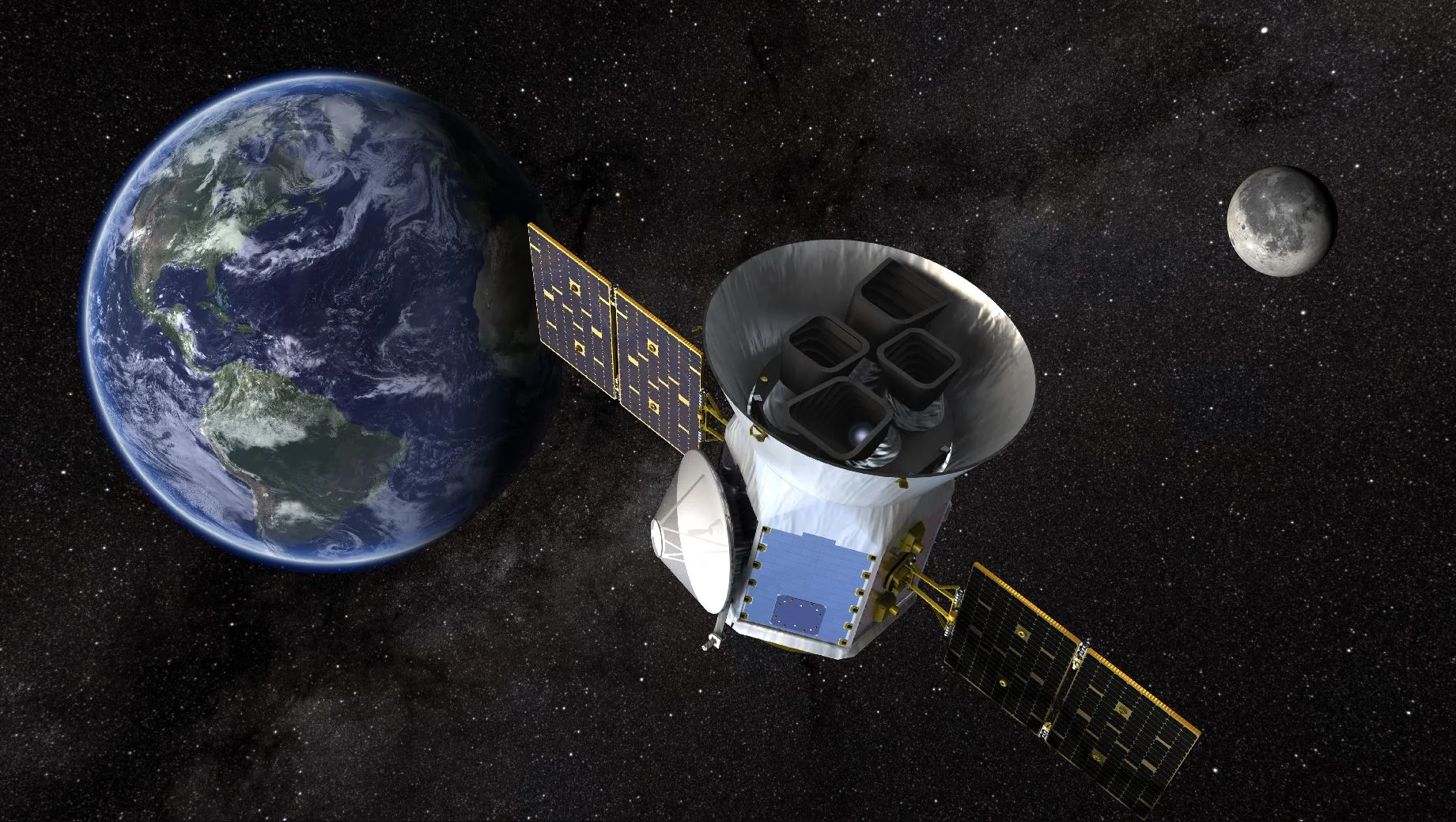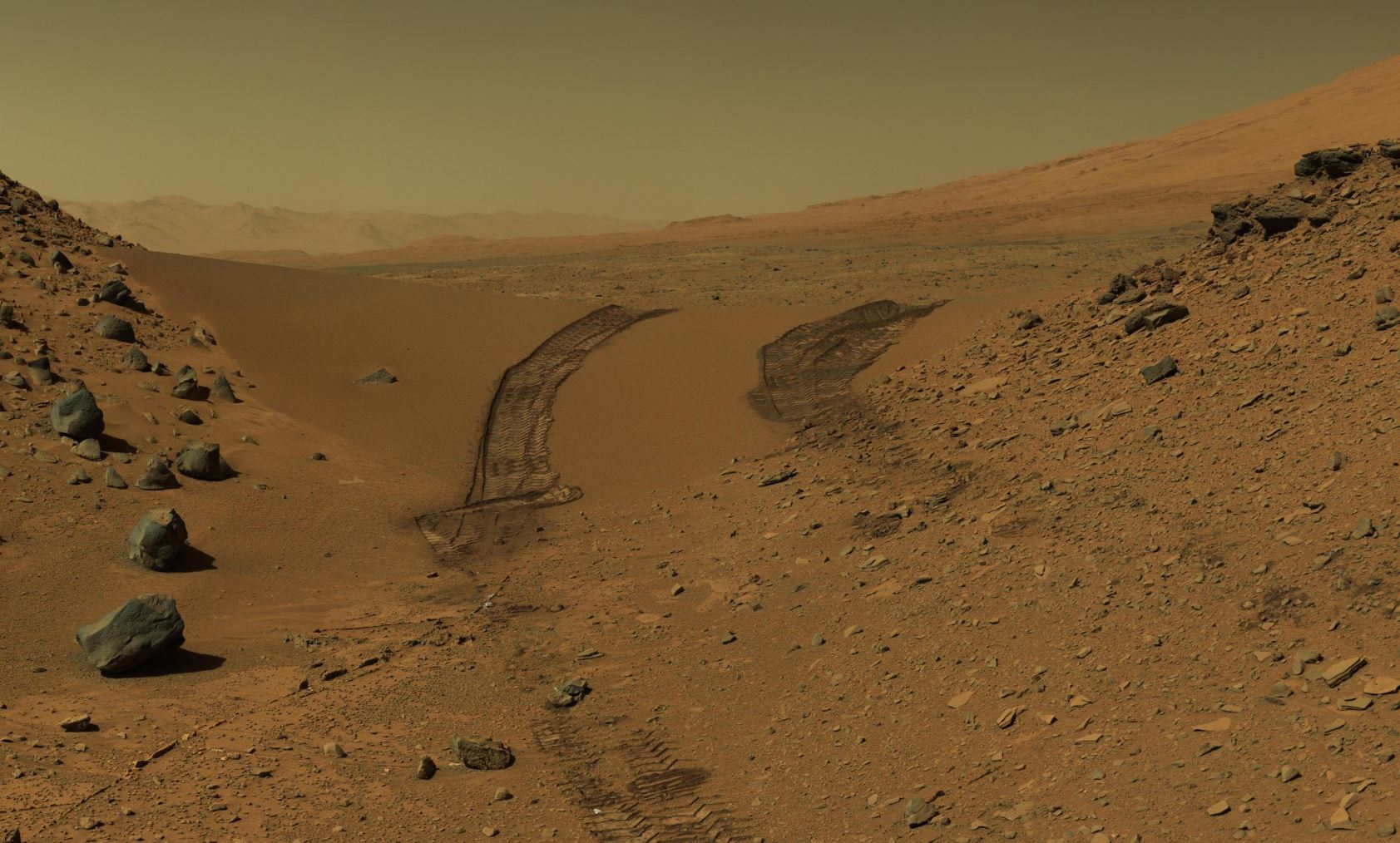The Earth’s core is cooling down very slowly over time. One day, when the core has completely cooled and become solid, it will have a huge impact on the whole planet. Scientists think that when that happens, Earth might be a bit like Mars, with a very thin atmosphere and no more volcanoes or earthquakes. Then it would be very difficult for life to survive – but that won’t be a problem for several billions of years
No Safety Driver Here—Volvo’s Driverless Truck Cuts the Cab
Each time there’s a headline about driverless trucking technology, another piece is taken out of the old equation. First, an Uber/Otto truck’s safety driver went hands-off once the truck reached the highway (and said truck successfully delivered its valuable cargo of 50,000 beers). Then, Starsky Robotics announced its trucks would start making autonomous deliveries without a human in the vehicle at all.
5 Technologies Bringing Healthcare Systems into the Future
Mars New Home 'a Large Sandbox'
With InSight safely on the surface of Mars, the mission team at NASA's Jet Propulsion Laboratory in Pasadena, California, is busy learning more about the spacecraft's landing site. They knew when InSight landed on Nov. 26 that the spacecraft had touched down on target, a lava plain named Elysium Planitia. Now they've determined that the vehicle sits slightly tilted (about 4 degrees) in a shallow dust- and sand-filled impact crater known as a "hollow." InSight has been engineered to operate on a surface with an inclination up to 15 degrees.
Worms in space: why we are launching them
Space launches are some of the most spectacular and nerve wracking events you can witness. And when you are actually involved in one, you realize just how much can go wrong. We are currently in Florida, nervously counting down the hours until we launch our experiment, sending thousands of microscopic worms to the International Space Station (ISS) aboard the SpaceX Falcon 9 rocket.
A New Atomic Clock has been Built that Would be off by Less than a Second Since the Big Bang
Physicists have developed an atomic clock so accurate that it would be off by less than a single second in 14 billion years. That kind of accuracy and precision makes it more than just a timepiece. It’s a powerful scientific instrument that could measure gravitational waves, take the measure of the Earth’s gravitational shape, and maybe even detect dark matter. How did they do it?
Why space debris cleanup might be a national security threat
Neuroscientists identify a surprising low-tech fix to the problem of sleep-deprived teens
Healthy sleep leads to healthy brains. Neuroscientists have gotten that message out. But parents, doctors and educators alike have struggled to identify what to do to improve sleep. Some have called for delaying school start times or limiting screen time before bed to achieve academic, health and even economic gains.
Our neurons explain why we live so long
Why aren’t there electric airplanes yet?
As electric cars and trucks appear increasingly on U.S. highways, it raises the question: When will commercially viable electric vehicles take to the skies? There are a number of ambitious efforts to build electric-powered airplanes, including regional jets and planes that can cover longer distances. Electrification is starting to enable a type of air travel that many have been hoping for, but haven’t seen yet – a flying car.
Now that TESS is Operational, Astronomers Estimate it’ll Find 14,000 Planets. 10 Could Be Earthlike Worlds in a Sunlike Star’s Habitable Zone
How many exoplanets are there? Not that long ago, we didn’t know if there were any. Then we detected a few around pulsars. Then the Kepler spacecraft was launched and it discovered a couple thousand more. Now NASA’s TESS (Transiting Exoplanet Survey Satellite) is operational, and a new study predicts its findings.
Human evolution is still happening – possibly faster than ever
Modern medicine’s ability to keep us alive makes it tempting to think human evolution may have stopped. Better healthcare disrupts a key driving force of evolution by keeping some people alive longer, making them more likely to pass on their genes. But if we look at the rate of our DNA’s evolution, we can see that human evolution hasn’t stopped – it may even be happening faster than before.
Cotton bio-fuel cell could one day power pacemakers
We May Soon Be Able To See the First, Supergiant Stars in the Universe
We need to talk about the dark ages. No, not those dark ages after the fall of the western Roman Empire. The cosmological dark ages. The time in our universe, billions of years ago, before the formation of the first stars. And we need to talk about the cosmic dawn: the birth of those first stars, a tumultuous epoch that completely reshaped the face the cosmos into its modern form.
One of the Most Exciting Parts of InSight is Actually the Tiny Cubesats Tagging Along for the Ride and Their Role in the Mission
Yesterday, NASA’s Mars InSight lander successfully touched down on the Martian surface after spending seven long months in space. Over the course of the next few hours, the lander began the surface operations phase of its mission, which involved deploying its solar arrays. The lander also managed to take some pictures of the surface, which showed the region where it will be studying Mars’ interior for the next two years.
Our long fascination with the journey to Mars
What planet Earth might look like when the next supercontinent forms – four scenarios
The outer layer of the Earth, the solid crust we walk on, is made up of broken pieces, much like the shell of a broken egg. These pieces, the tectontic plates, move around the planet at speeds of a few centimetres per year. Every so often they come together and combine into a supercontinent, which remains for a few hundred million years before breaking up. The plates then disperse or scatter and move away from each other, until they eventually – after another 400-600 million years – come back together again.
Hubble’s First Picture After Returning to Service. The Telescope is Fully Operational Again with Three Working Gyros
InSight Is Catching Rays on Mars
NASA's InSight has sent signals to Earth indicating that its solar panels are open and collecting sunlight on the Martian surface. NASA's Mars Odyssey orbiter relayed the signals, which were received on Earth at about 5:30 p.m. PST (8:30 p.m. EST). Solar array deployment ensures the spacecraft can recharge its batteries each day. Odyssey also relayed a pair of images showing InSight's landing site.














